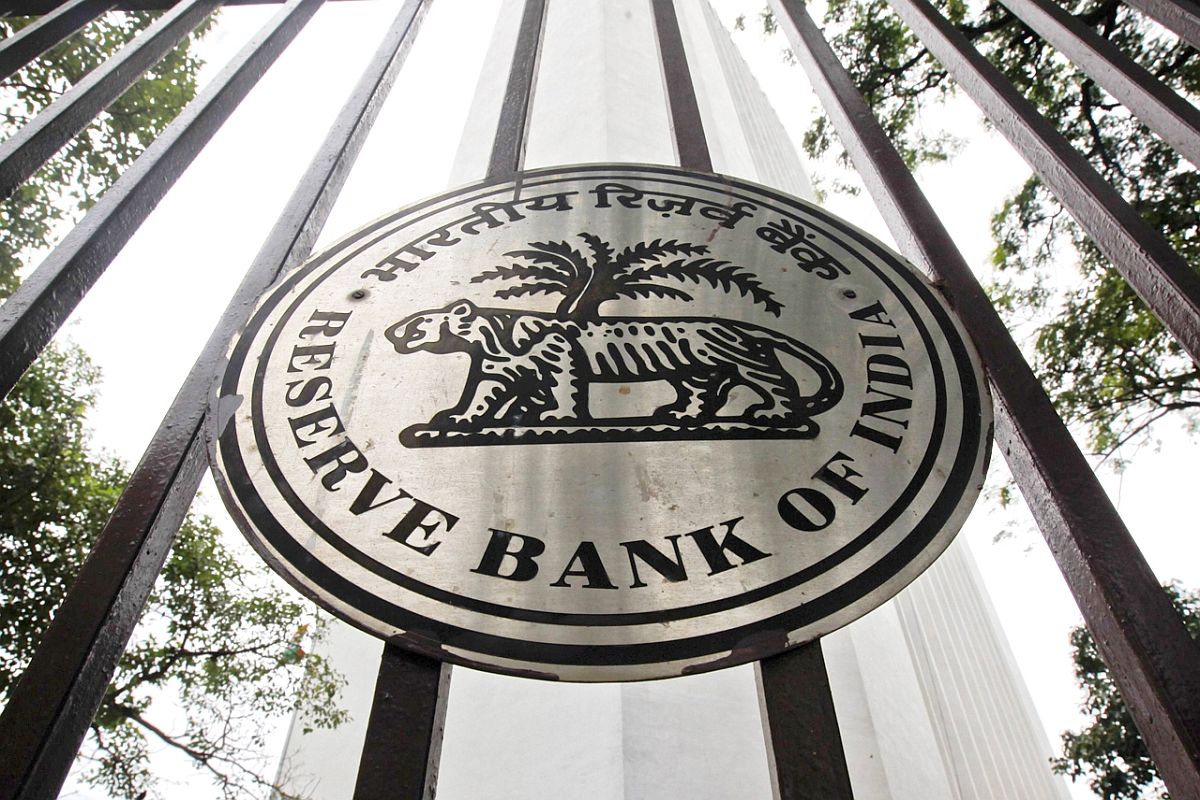Cooling Inflation
India’s retail inflation easing to a five-month low of 4.31 per cent in January presents a significant moment for economic policy.
“As financial conditions tighten, global financial markets are experiencing surges of volatility, with sporadic sell-offs in equity and bond markets, and the US dollar strengthening to a 20-year high,” the minutes said.

(Photo: IANS)
The RBI’s Monetary Policy Committee (MPC), after its meeting on September 30, had hiked the repo rate by 50 basis points to 5.90 per cent over rising inflation concerns.
It had said at that time that inflation is expected to remain elevated at around 6 per cent in the second half of 2022-23.
Advertisement
The decision was also taken on the basis of an assessment of the current and evolving macroeconomic situation, according to the minutes of the MPC meeting released on Friday.
Advertisement
The committee took the decision, taking into consideration the weakening of global economic activity due to the conflict in Ukraine and aggressive monetary policy actions and stances across the world.
“As financial conditions tighten, global financial markets are experiencing surges of volatility, with sporadic sell-offs in equity and bond markets, and the US dollar strengthening to a 20-year high,” the minutes said.
The panel further noted that emerging market economies (EMEs) are facing intensified pressures from retrenchment of portfolio flows, currency depreciations, reserve losses, and financial stability risks, besides the global inflation shock.
“As external demand deteriorates, their macroeconomic outlook is becoming increasingly adverse,” the panel noted.
Commenting on the domestic economy, the MPC said that while all constituents of domestic aggregate demand expanded year-on-year and exceeded their pre-pandemic levels, the drag from net exports provided an offset.
“On the supply side, gross value added (GVA) rose by 12.7 per cent in the first quarter of the current fiscal with all constituents recording year-on-year growth and most notably, services,” it said.
On a positive note, the MPC said that aggregate supply conditions are improving.
“With the south-west monsoon rainfall 7 per cent above the long period average (LPA) as on September 29 and its spatial distribution spreading to some deficit areas, kharif sowing has been catching up. Acreage was 1.7 per cent above the normal sown area as on September 23 and only 1.2 per cent below last year’s coverage,” the MPC minutes said.
The production of kharif foodgrains as per first advance estimates (FAE) was 3.9 per cent below last year’s fourth advance estimates (only 0.4 per cent below last year’s FAE), the minutes added further.
Activity in industry and services sectors remains in expansion, especially the latter, as reflected in purchasing managers indices (PMIs) and other high-frequency indicators. The index of industrial production growth, however, slowed to 2.4 per cent (y-o-y) in July, it was discussed during the meeting.
“On the demand side, urban consumption is being lifted by discretionary spending ahead of the festival season and rural demand is gradually improving,” the minutes said.
Investment demand is also gaining traction, as reflected in rising imports and domestic production of capital goods, steel consumption, and cement production, it concluded.
Advertisement